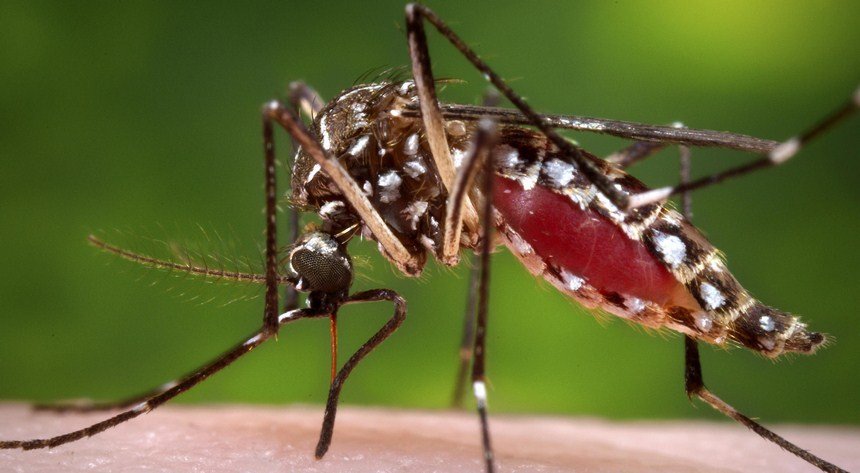MANHATTAN: The United Nations Nuclear Agency (IAEA) has announced a major breakthrough in the bid to scale up technology designed to suppress disease-carrying mosquitos, and bring dengue, yellow fever and Zika under control.
A study has shown that the use of a specialized drone, developed by IAEA and partners, to release tens of thousands of male mosquitoes, sterilized by using radiation, is effective: many of the sterilized males mate with females, who then produce no offspring, reducing the mosquito population over time.
The drones are cheaper than manual ground releases, and cover a much wider area, leading to hopes of a reduction in mosquito-borne diseases almost anywhere: a smaller, lighter version of the drone designed to meet stringent regulations for flights over urban areas, is also being developed.
The study, published in the journal Science Robotics, said the method requires the uniform release of large numbers of sterile male insects in good condition to compete with their wild counterparts. The drone prototype, tested in Brazil in April 2018, can carry up to 50, 000 sterile mosquitoes per flight, releasing them without loss of quality over 20 hectares of land in ten minutes.
“The findings represent a major breakthrough for expanding the use of SIT against mosquitoes,” said the lead author, Jeremy Bouyer, a medical entomologist at the Joint Food and Agriculture Organization of the United Nations (FAO)/IAEA Programme for Nuclear Techniques in Food and Agriculture.
“The areas covered with a 10-minute drone flight, for example, would require two hours and twice the amount of human resources if done by ground…We estimate a major reduction in operational costs while maintaining the quality of the sterile insect.”
The World Health Organization (WHO) estimates that vector-borne diseases account for 17 per cent of infectious diseases, leading to more than one million deaths each year, but countries often lack resources for large-scale mosquito eradication programs.
The advances shown in the study were critical to getting closer to cost-effective mosquito control methods, Eric Rasmussen from the School of Public Health at the University of Washington said in a commentary also published in Science Robotics. “This new drone technique for release is cheap enough to allow a reduction in the misery of mosquito-borne diseases almost anywhere. That is exciting news.”
Bouyer said that the fieldwork carried out to test the drone had the added benefit of proving that mosquitoes sterilized with radiation are competitive to mate with wild females. “The study shows that when processes such as mass-rearing and handling are mastered, irradiated males can be very competitive.”
Newspakistan.tv | YouTube Channel











